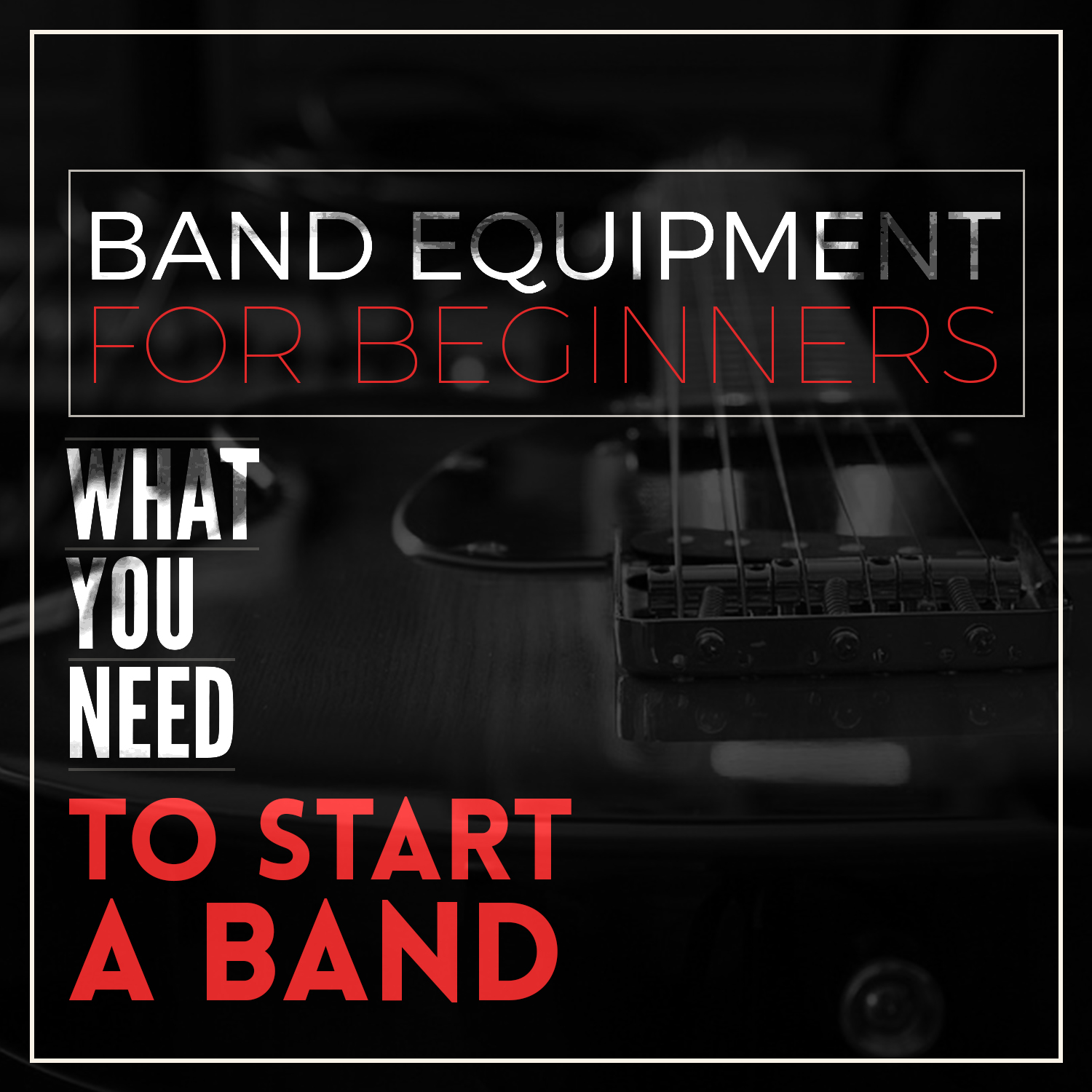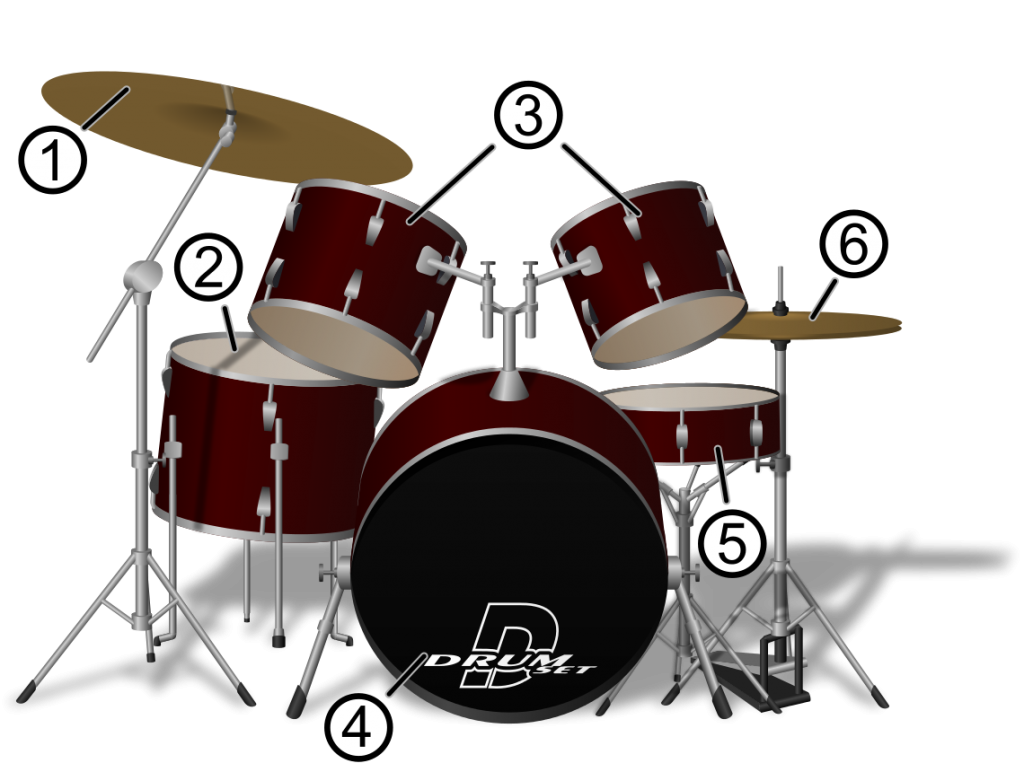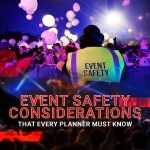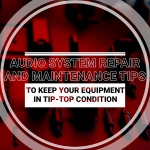
To start a band, you need to start with the essentials of a basic band setup. There are lots of music stores out there that cater to ‘real’ musicians, not to mention the thrift shops where the most persistent shoppers can also find great bargains.
But for the financially challenged, buying a band equipment isn’t always the best option–especially with a sounds and lights rental company that can provide dependable band equipment for beginners.
Now that you already know where to find your band equipment, the next step is to identify the necessities for your band’s live performance.
The Essentials of a Professional Band Setup
Whether you’re ready to spend thousands for band equipment or just wanting to know what to rent, you’ll find yourself looking into a wide range of options. To keep it simple, here’s a quick guide that will give you a rundown of the essentials that make up a typical band setup:
1. Audio and PA system
Let’s start with the basics. A set of monitors is a musician’s best friend while on stage. Monitors serve as speakers, where all the sound that every band member must hear comes out. These are absolute essentials to ensure great sound.
But that’s not all. Next in line for your audio and PA system is the mixing board which is used for the microphones and connected to an amplifier. With a sound technician to take charge, your mixing board can ensure tone quality, volume balance and can avoid audio faux pas, e.g feedback.
What you’ll need:
- Pair of speakers
- Mixing board
- Amplifier
- Microphones and stands
- Cables
2. Guitars
There is a guitar that matches your vision for your band, as well as your choice of sound and genre. Basically, it is a choice between acoustic or electric guitar. Acoustic guitars create a warm and bright tone that suits a range of genre, while electric guitars allow tone control while adding effects to the typical guitar sound.
What you’ll need:
- Guitar strap – comfort and durability are two things you should consider.
- Guitar amplifier- This is quite expensive but can be used for a range of purpose, including: for rehearsals, small gigs, or performances in open areas. For a gig and live performance, an average 50-watt amplifier is needed to get enough sound boost. Here’s a brief guide to choosing your first amplifier.
- Pedals- you need this if you want to control the tone, quality, effects or distortion of your guitar. There are innumerable sounds that you can potentially create with pedals. Ultimately, it all boils down to your choice.
3. Bass
The bassist is often the silent player of the band but actually plays a significant role in making good music. The bass can maintain rhythm and tempo and provide foundational notes for the soloists to play upon. But unlike the guitar, you’ll need an entirely different set of strings (thicker ones) and an amplifier to get this equipment working.
What you’ll need:
Basically, bass requires the same accessories as what electric guitars use ( e.g strap, pedals and amp). However, there are some important considerations when using amplifiers for bass.
- You wouldn’t want to put an electric guitar amp at risk, so don’t plug a bass guitar on a guitar amp.
- Plugging a bass guitar on an electric guitar amp can give you a “thin” sound which contradicts what you want to achieve.
- Bass amps have closed cabinet to give you thicker sound.
4. The Percussion or Drums
Rhythm is the basic foundation of every great band out there and with a good drummer, pace and tempo is controlled. Along with a good bassist, a band performance guarantees to stand above the rest.
There are several drum kit setups out there. One can be for a jazz band, others for folk indie, while many are for rock bands. However, there’s a basic 6-piece drum kit which is basically composed of the following
- Cymbal
- Floor drum (floor tom)
- Pair of toms (high tom)
- Bass drum
- Snare
- Hi-hat

Image source: https://commons.wikimedia.org/wiki/File:Drum_set.svg
5. Keyboards
A keyboard or digital piano is a basic component of modern music. Along with the guitar, it is largely responsible for the melody. Modern keyboards or organs can also imitate the sound of wind instruments, and more.
Do you find this article helpful? We value your comments, share us your thoughts by commenting below.





